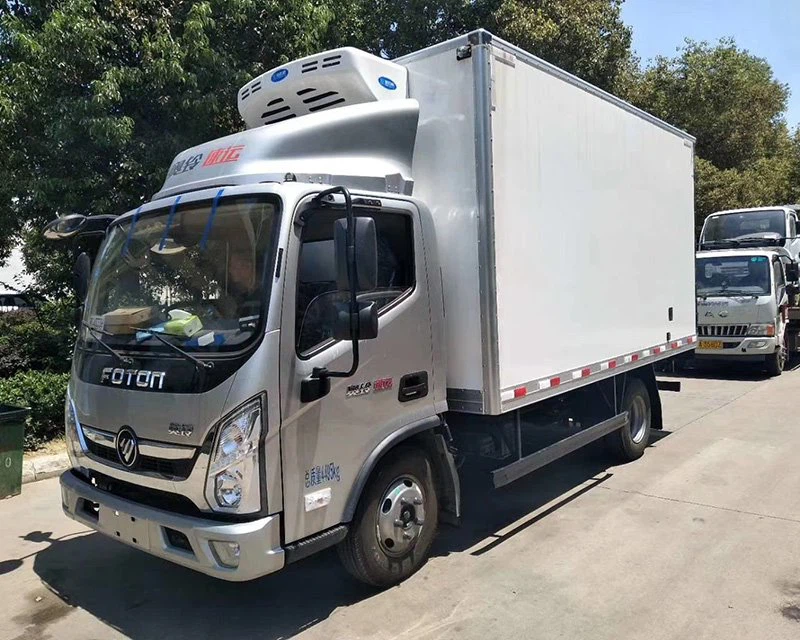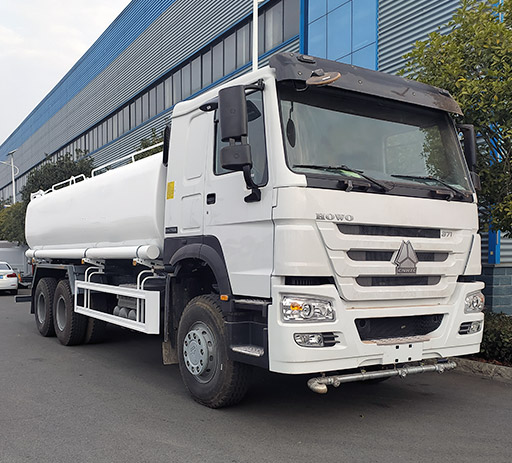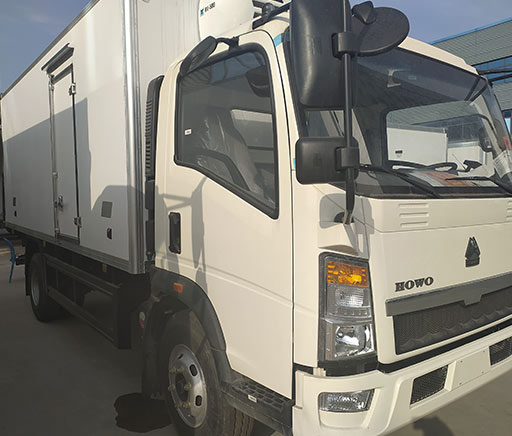Tundra Tent Camper: The Ultimate Guide for Outdoor Enthusiasts

Camping in the tundra offers a unique experience filled with breathtaking landscapes and tranquility. Tundra tent campers, designed specifically for these challenging environments, provide adventurers with the comfort and protection needed to thrive in harsh weather conditions. In this comprehensive article, we will delve into everything you need to know about tundra tent camping, including top tent options, essential gear, and practical tips to ensure a successful outing.

What is a Tundra Tent Camper?
A tundra tent camper is a specialized tent designed for extreme weather conditions found in tundra regions. These tents are built to withstand harsh winds, heavy snowfall, and frigid temperatures, making them ideal for camping in Arctic and subarctic areas. Key features of tundra tents typically include:
- High waterproof ratings
- Robust and durable materials
- Good ventilation systems
- Sturdy frames and anchoring systems
Choosing the Right Tundra Tent Camper
Factors to Consider
When selecting a tundra tent camper, consider the following factors to ensure you make the right choice:
1. Weather Resistance

Look for tents with a high waterproof rating (at least 3000 mm) and a durable rainfly.
2. Insulation Properties
Choose a tent that offers good insulation to protect against the cold; look for thermal materials.
3. Size and Capacity
Ensure the tent can accommodate your group comfortably; consider both sleeping space and gear storage.
4. Weight and Portability
If you plan to backpack, consider the tent weight and how compact it is when packed.
5. Setup Ease
A tent that is easy to set up can make a significant difference during inclement weather or when you’re tired after a long hike.
Top Tundra Tent Campers on the Market
Here’s a list of some of the best tundra tent campers available today:
| Tent Model | Size | Weight | Waterproof Rating | Price |
|---|---|---|---|---|
| MSR Remote 2 | 2-Person | 5 lbs | 3000 mm | $600 |
| Nemo Chogori | 3-Person | 5.5 lbs | 3000 mm | $650 |
| Big Agnes Copper Spur HV UL2 | 2-Person | 3 lbs 2 oz | 1200 mm | $500 |
| REI Co-op Quarter Dome SL 2+ | 2-Person | 3 lbs 5 oz | 1800 mm | $300 |
| MSR Hubba NX 2 | 2-Person | 3 lbs 12 oz | 3000 mm | $500 |
Essential Gear for Tundra Tent Camping
Beyond selecting a tent, there are several essential items you must pack for a successful tundra camping trip.
1. Sleeping Bag and Pad
Choose a sleeping bag rated for temperatures lower than you expect to encounter. An insulated pad is crucial for added warmth and comfort.
2. Cooking Equipment
A portable stove, fuel, and cooking utensils are vital for preparing meals in remote conditions.
3. Clothing
Layering is key. Pack moisture-wicking base layers, insulating mid-layers, and waterproof outer layers. Don’t forget warm hats and gloves!
4. Navigation Tools
A map, compass, or GPS device will help you navigate the tundra landscape safely.
5. First Aid Kit
Be prepared for emergencies with a well-stocked first aid kit, including essential medications and supplies.
6. Food and Water Supplies

Bring non-perishable food items that are easy to cook. Purification tablets or a filtration system for water is essential.
Setting Up Your Tundra Tent Camper
Location Selection
Choosing the right spot to set up your tent can greatly affect your camping experience. Look for:
- Flat ground, away from water sources
- Wind protection, such as natural terrain features
- Stable ground that won’t collect standing water
Setting Up the Tent
When setting up your tundra tent, follow these steps:
- Lay out the footprint or tarp first.
- Assemble the tent poles according to the manufacturer’s instructions.
- Insert poles into the corresponding sleeves or clips on the tent.
- Stake down the tent securely with pegs and guylines to prevent it from blowing away.
- Attach the rainfly with proper tension to ensure water runoff.
Tips for Camping in Tundra Conditions
1. Stay Dry
Moisture can lead to hypothermia. Wear waterproof clothing and keep electronics and gear in dry bags.
2. Prepare for Cold Nights
Even in summer, tundra nights can be frigid. Use insulated sleeping bags and pads for optimum comfort.
3. Respect Wildlife
Be aware of your surroundings and store food in animal-proof containers to avoid attracting wildlife.
4. Plan Your Meals
Pre-plan meals to save time and avoid food spoilage; choose lightweight, calorically dense options.
Safety Considerations for Tundra Camping
1. Be Aware of Weather Changes
Weather can change rapidly in the tundra. Keep a weather radio or use a weather app for updates.
2. Know Your Limits
Assess your physical and mental limits regularly; don’t push beyond your capability to avoid accidents.
3. Group Communication
When camping in a group, establish a system for communication in case anyone gets separated.
Frequently Asked Questions (FAQ)
1. What is the best time to go tundra camping?
The ideal time for tundra camping is during the short summer months, typically from June to August, when temperatures are milder.
2. Can I use a regular camping tent in the tundra?
While it’s possible, it’s not recommended. Regular tents may not withstand the weather conditions and temperatures found in tundra regions.
3. How can I stay warm while camping in the tundra?
Use insulated sleeping bags, wear layers, and ensure your tent is well-ventilated yet protected from drafts.
4. What type of food should I bring for tundra camping?
Bring lightweight, non-perishable food items such as dehydrated meals, nuts, and energy bars that provide high calories.
5. Are campfires allowed in tundra areas?
Check local regulations before starting a campfire, as many tundra areas have fire restrictions to protect the environment.
6. How do I handle wildlife encounters?
Store your food securely, make noise while hiking to avoid surprise encounters, and know how to react based on the type of animal.
